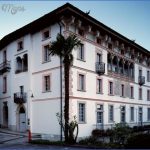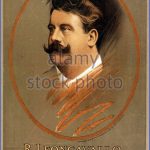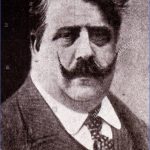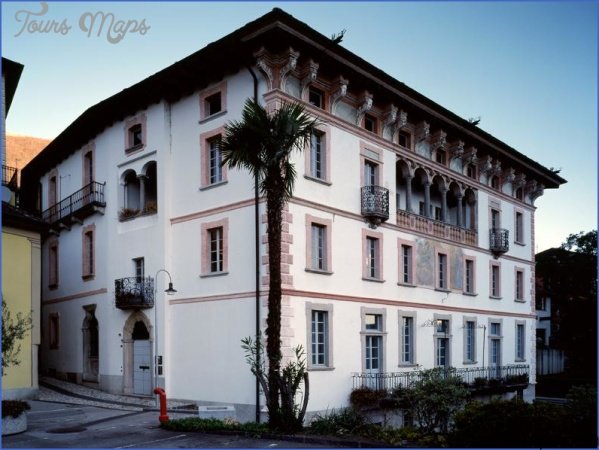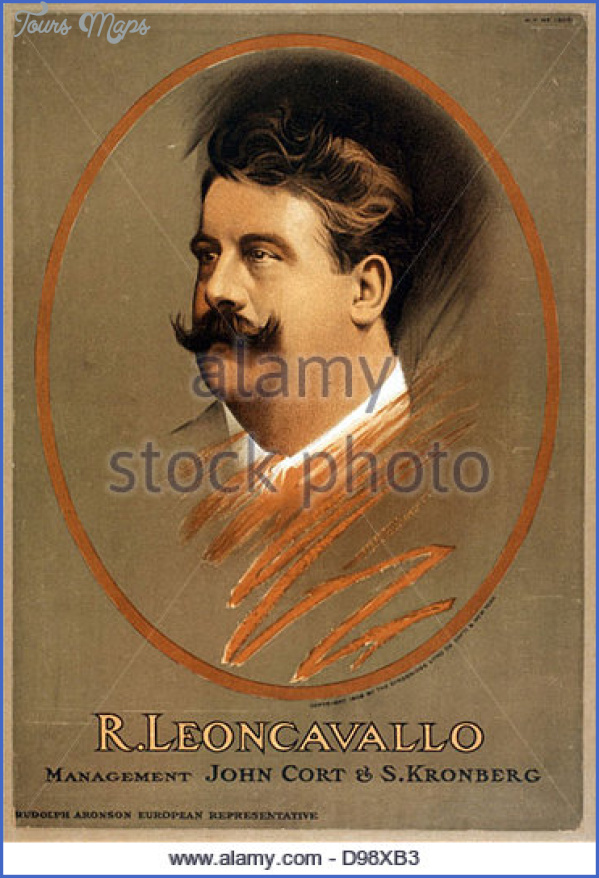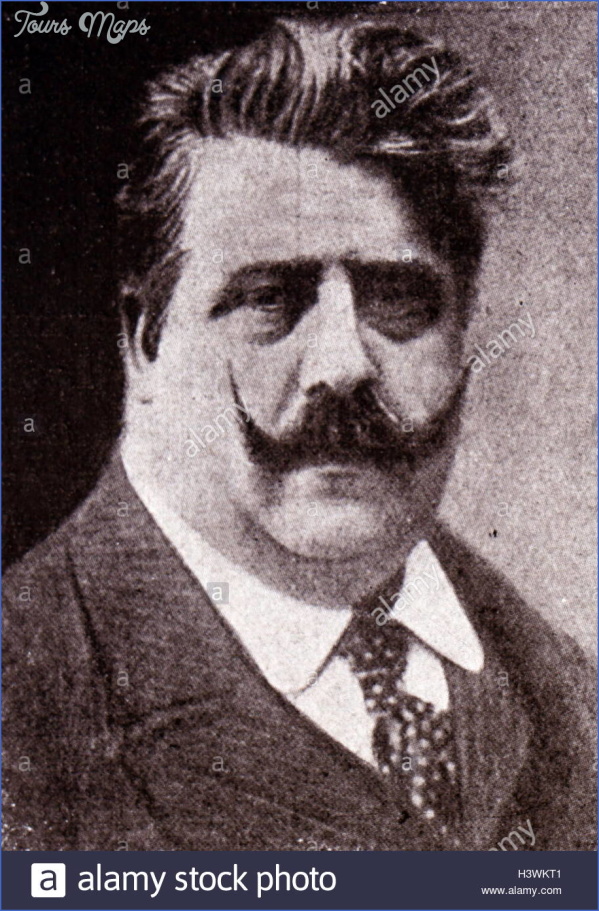LEONCAVALLO MUSEUM
Brissago is a typical Swiss lakeside town, in the Ticino, on the western side of Lake Maggiore, just two kilometres north of the Italian border. In 1903, Ruggero Leoncavallo decided to build a villa there. Neapolitan in origin – he was born in 1857 in Chiaia, on the island of Ischia –
Leoncavallo had enjoyed his one great success, with Pagliacci, in 1892; since then he had struggled with his La boheme (always a second-best to the rival version) and won some acclaim with Zaza (1900). The Villa Myriam, named after his adopted daughter, was his country home from 1904 until his death in 1919. He died at Montecatini Terme, near Florence, where he was buried; he was re-interred in Brissago in the 1990s.
Villa Myriam, built to his specification in a somewhat eclectic style, was demolished in 1978. Leoncavallo had been commemorated there, and a statue to him stands nearby. The present museum was set up in 2002 on the ground floor of the Palazzo Branca-Baccala, said to be the finest example in the region of the ‘noble Baroque’ style (the remainder of the building awaits restoration). The palace lies in a secluded little square in an old part of the town, tucked between the main street (recently renamed the via Ruggero Leoncavallo) and the lake and reached through a narrow road alongside the Credit Suisse bank.
LEONCAVALLO MUSEUM Photo Gallery
Three rooms are devoted to Leoncavallo. In the entrance lobby display cases show various of his certificates and awards and also his metronome, along with scene sketches and the libretto of Pagliacci. Most of the representations of him in the museum take witty advantage of his walrus moustache, an invitation to caricature. The principal display is in the second room, with cases showing various of his personal possessions – silver, pewter, porcelain, his glasses and his cravat pins, letters, postcards, photos of his singers – and his music, with librettos for his operas (some bearing annotations), manuscript and printed scores and posters for performances. In the final room, with its Baroque painted ceiling, some of Leoncavallo’s own furniture is preserved; it is not particularly distinctive but his Erard piano (substantially restored) is there, with a carpet, his clock, bookcases and a glass-fronted case, as well as oil portraits of his parents and of Leoncavallo and his wife, the singer Berthe Rambaud.
Maybe You Like Them Too
- Top 10 Islands You Can Buy
- Top 10 Underrated Asian Cities 2023
- Top 10 Reasons Upsizing Will Be a Huge Travel Trend
- Top 10 Scuba Diving Destinations
- World’s 10 Best Places To Visit

